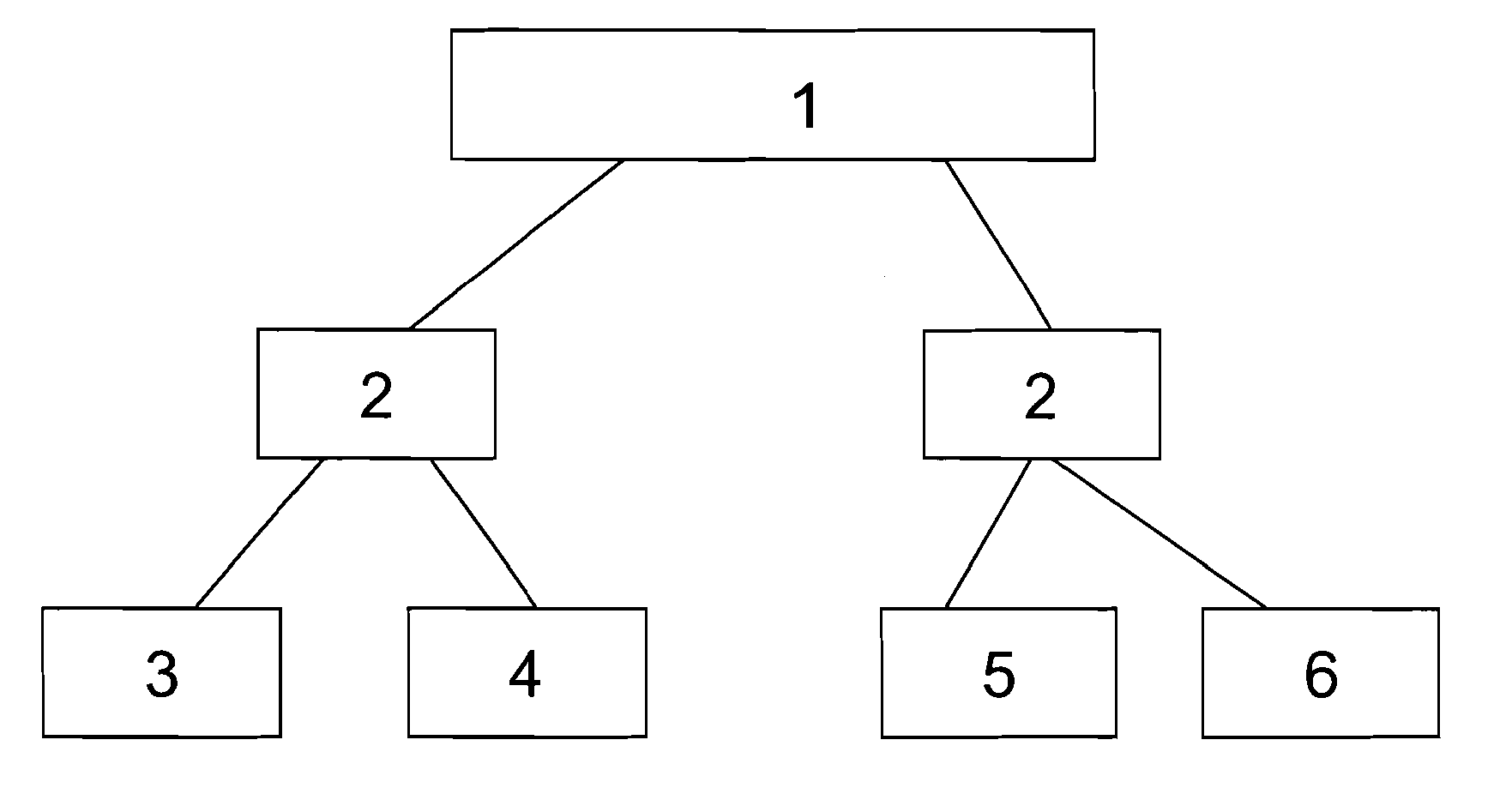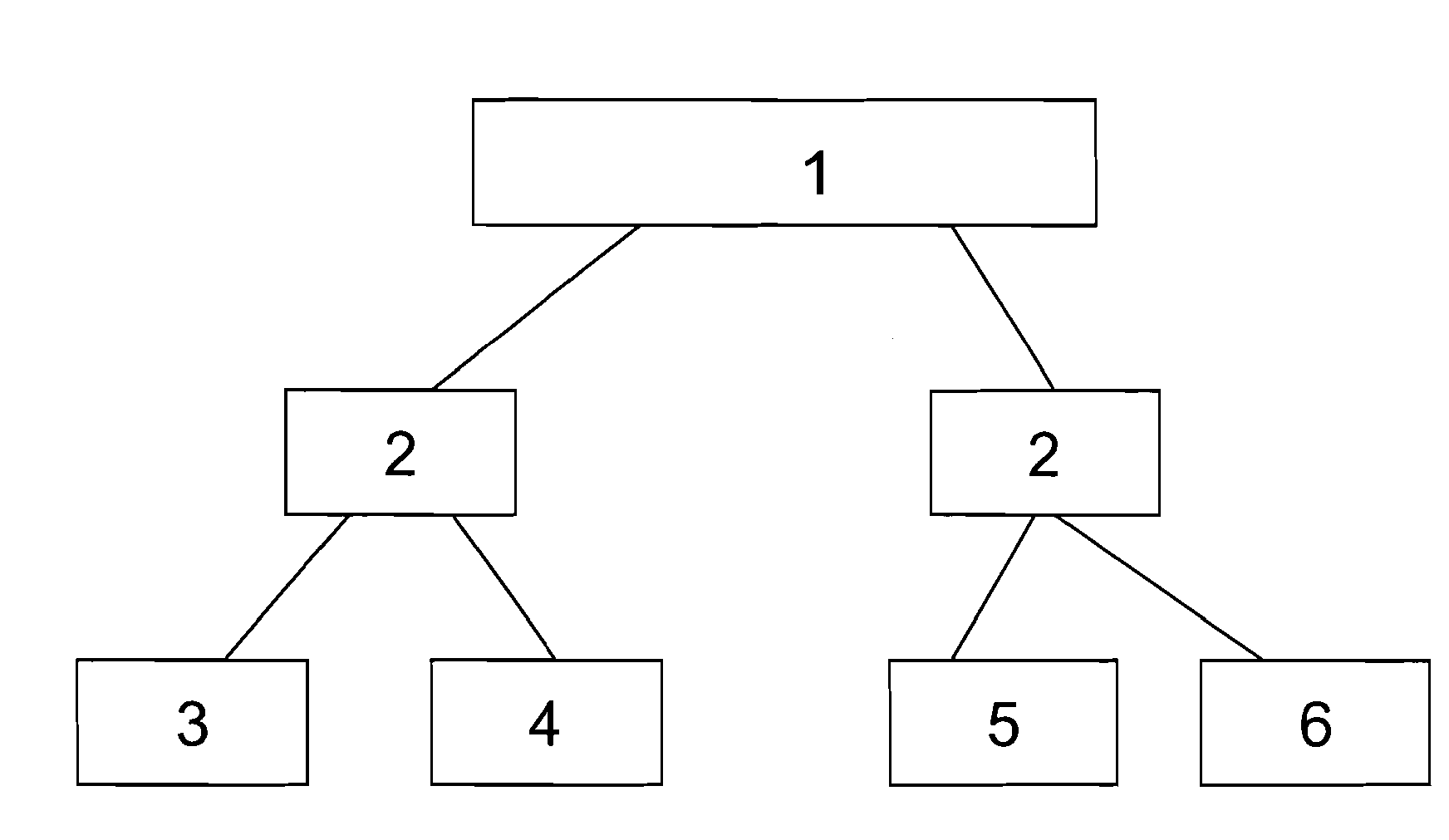Radio-Networked Welder System
a welder and radio network technology, applied in the direction of soldering apparatus, instruments, manufacturing tools, etc., can solve the problems of inability to achieve practical implementation, inability to address the reliability of conventional rfid tags, and the use of such a strong signal requires a prohibitive amount of power
- Summary
- Abstract
- Description
- Claims
- Application Information
AI Technical Summary
Benefits of technology
Problems solved by technology
Method used
Image
Examples
Embodiment Construction
[0013] The present application relates to the use of radio tags that are tuned to operate as long wavelength inductive tags. These tags uses long wavelengths below 1 megahertz, for example between 10 KHz to 500 KHz (Low frequency or Ultra Low Frequency ULF, as defined by Part 15 rules of the FCC) which are suitable for inductive tags, preferably below 300 KHz. As noted above, since the wavelength is so long at these low frequencies over 99% of the radiated energy is magnetic as opposed to a radiated electric field.
[0014] In order to establish the actual efficacy of the long wavelength inductive two-way radio tags in the extreme environment associated with welding operations, RUBEE™ tags from Visible Assets, Inc. were used in field testing. The RUBEE protocol uses a full duplex 131 KHz data carrier with amplitude modulated data communication. The long wavelength produces little, if any, energy in the form of an electrical field (E), and most of the radiated energy (99.99%) is in the...
PUM
 Login to View More
Login to View More Abstract
Description
Claims
Application Information
 Login to View More
Login to View More - R&D
- Intellectual Property
- Life Sciences
- Materials
- Tech Scout
- Unparalleled Data Quality
- Higher Quality Content
- 60% Fewer Hallucinations
Browse by: Latest US Patents, China's latest patents, Technical Efficacy Thesaurus, Application Domain, Technology Topic, Popular Technical Reports.
© 2025 PatSnap. All rights reserved.Legal|Privacy policy|Modern Slavery Act Transparency Statement|Sitemap|About US| Contact US: help@patsnap.com


